Language Rules and the Positive Effects of Learning Language Rules on Second Language Acquisition
DOI: 10.23977/langl.2024.070712 | Downloads: 40 | Views: 1063
Author(s)
Yongxiu Li 1
Affiliation(s)
1 College of Foreign Studies, Guangxi Vocational Normal University, Nanning, Guangxi, China
Corresponding Author
Yongxiu LiABSTRACT
This paper explores the significance of language rules in governing human language and their impact on second language acquisition. Language, as a unique human feature, is rule-based, enabling individuals to create an infinite number of sentences for communication. The paper delves into the nature of language rules, distinguishing between prescriptive and descriptive rules. Prescriptive rules dictate how language should be used, whereas descriptive rules analyze and describe how language is actually spoken and written. The paper also examines how speakers can use a finite set of language rules to generate new sentences. Furthermore, it discusses the positive effects of learning language rules on second language learners, including facilitating systematic understanding and retention, encouraging analytical thinking and problem-solving, boosting language processing efficiency, enhancing cultural awareness, and providing a foundation for linguistic academic research. Ultimately, this paper emphasizes the importance of recognizing and learning language rules for effective second language acquisition.
KEYWORDS
Language rules; second language acquisitionCITE THIS PAPER
Yongxiu Li, Language Rules and the Positive Effects of Learning Language Rules on Second Language Acquisition. Lecture Notes on Language and Literature (2024) Vol. 7: 75-83. DOI: http://dx.doi.org/10.23977/langl.2024.070712.
REFERENCES
[1] Fromkin, V; Blair, D; Collins, P.(1999) An Introduction to Language .Australia: Lea Dawson.
[2] Robert, E. and Owens, Jr. (2008) Language Development an Introduction.USA: Stephen D.Dragin.
[3] Radford, A. (1988) Transformational Grammar. Ca mbridge: Cambridge University Press.
[4] Robert, E. and Owens, Jr. (2005) Language Development an Introduction.USA: Stephen D.Dragin.
[5] Rees, N. and Wollner, S.(1981) An Outline of Children's Pragmatic Abilities. Paper Presented at the Annual Convention of the American Speech-Languag-Hearing Assosiation. Detroit.
[6] Schlenker, P. (2004) Ling 1 - Introduction to the Study of Language Lecture Notes UCLA.
| Downloads: | 48694 |
|---|---|
| Visits: | 925580 |
Sponsors, Associates, and Links
-
Journal of Language Testing & Assessment
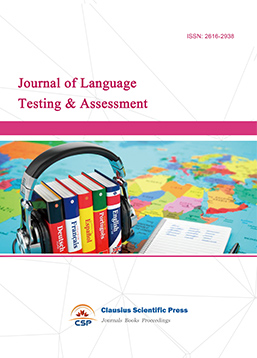
-
Information and Knowledge Management
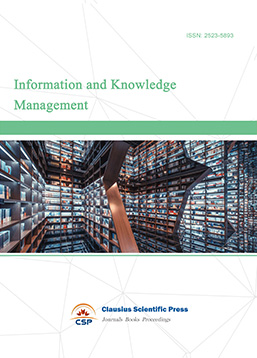
-
Military and Armament Science
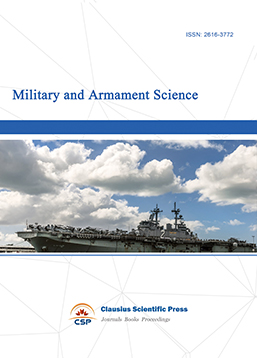
-
Media and Communication Research

-
Journal of Human Movement Science
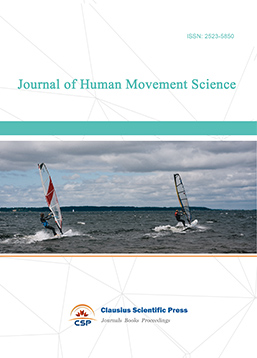
-
Art and Performance Letters

-
Lecture Notes on History

-
Philosophy Journal
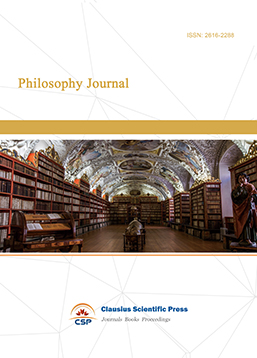
-
Science of Law Journal
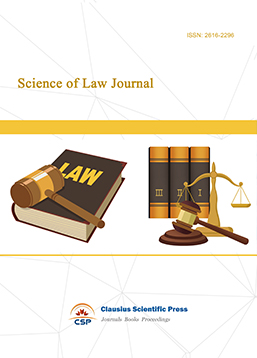
-
Journal of Political Science Research
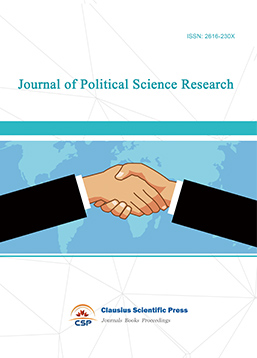
-
Journal of Sociology and Ethnology
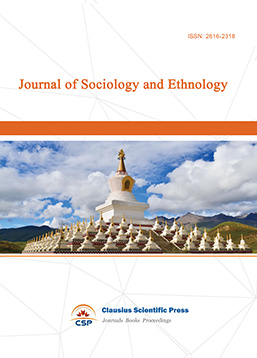
-
Advances in Broadcasting


 Download as PDF
Download as PDF